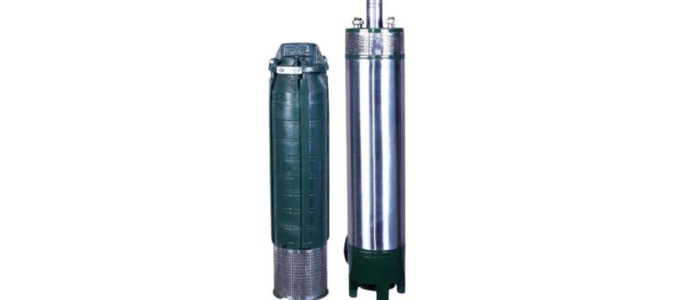Introduction
In sectors like agriculture, mining, construction, and remote infrastructure, a reliable water source is essential for day-to-day operations. When groundwater is located at extreme depths—up to 2000 feet—traditional pumping systems are inadequate. Selecting a durable, efficient, and powerful pump system is critical for ensuring water availability and operational continuity.
This guide will help you understand which pump types are best for deep borewells, key factors to evaluate, and how to make an energy-efficient, cost-effective choice.
Why Deep Borewell Applications Require Specialized Pumps
Extracting water from extreme depths introduces challenges not found in shallow wells. These include:
- High water lifting pressure
- Increased energy consumption
- Wear and tear from minerals and sediments
- Need for robust materials and advanced engineering
Modern industrial pump systems are designed to address these challenges with high-performance motors, corrosion-resistant materials, and smart automation.
Recommended Pump Types for 2000-Foot Borewells
Submersible Pumps (Top Recommendation)
Fully submerged inside the borewell, these pumps push water upward rather than pulling it, eliminating cavitation. They’re reliable, low-maintenance, and ideal for continuous operation in deep settings.
- Self-cooling motors
- Fewer moving parts = fewer breakdowns
- Lower surface noise
Vertical Turbine Pumps
These are powerful and can handle high discharge volumes. However, they require regular maintenance and skilled installation.
- Better for large-scale industrial plants
- Needs above-ground motor and gearbox
Multistage Centrifugal Pumps
Suitable for medium-depth borewells (up to ~800 ft), but not ideal for extreme depths like 2000 feet due to efficiency loss.
Key Considerations for Selecting a 2000-Foot Borewell Pump
Material & Build Quality
- Use pumps made of stainless steel, bronze, or composite polymers for corrosion resistance.
- Sealed motors and anti-silt designs extend pump life.
Energy Efficiency
- Install Variable Frequency Drives (VFDs) to automatically adjust motor speed and reduce power consumption.
- Look for Energy Star-rated pumps to cut long-term electricity costs.
Flow Rate & Pressure
Choose based on your usage volume:
- Small-scale: 10–20 GPM
- Large-scale: 50–100+ GPM
Ensure the PSI output aligns with pipeline elevation and pressure loss.
Maintenance & Lifespan
- Prefer models with self-cleaning impellers or sand-resistant sleeves.
- Regular servicing, seal checks, and motor insulation monitoring can double pump lifespan.
Practical Example
| Pump Type | Max Depth | Flow Rate | Best Use Case |
| Submersible (7.5HP) | 1800–2200 ft | 10–15 GPM | Industrial farming |
| Turbine (10HP+) | 2000+ ft | 50+ GPM | Municipal water supply |
| Centrifugal (5HP) | <800 ft | 20 GPM | Residential applications |
Sustainable & Smart Pumping Technologies
Solar-Powered Deep Borewell Pumps
These systems are gaining popularity in off-grid areas. Paired with VFDs and battery storage, they reduce both operational costs and carbon footprint.
Smart Monitoring Systems
Modern pump controllers use IoT technology to:
- Detect leaks or dry-run conditions
- Optimize run-time based on tank levels
- Notify via SMS or apps for fault alerts
Eco-Friendly Manufacturing
Some newer models use biodegradable lubricants, low-carbon coatings, and recyclable materials for greener operations.
Cost Efficiency & Long-Term ROI
Although industrial-grade pumps for 2000 ft depths have higher upfront costs, they deliver a lower cost per gallon over time when chosen and maintained properly.

